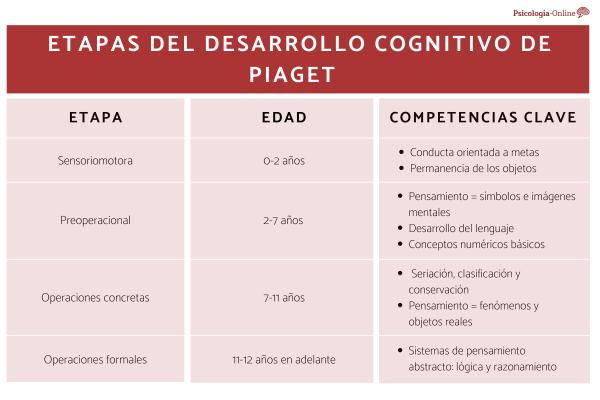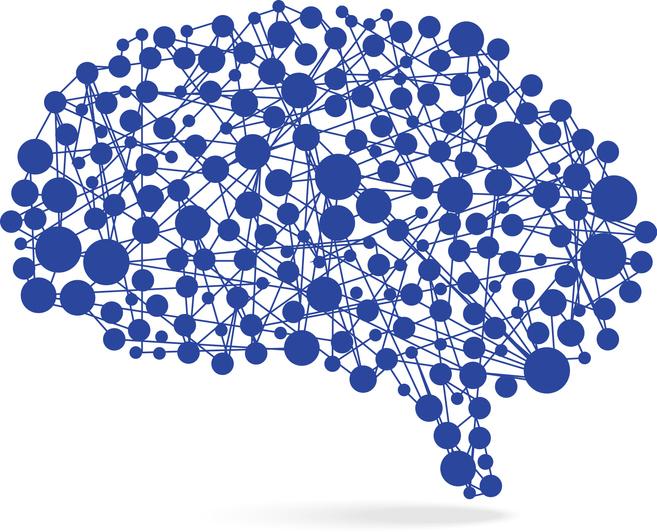There is no single way to acquire knowledge. Throughout history, various studies have been carried out on this topic, and they show the wide range of possibilities we have to acquire knowledge.
In this article we are going to review latent learning theory, proposed by psychologist Edward C. Tolman. Through experimentation with rats, this researcher managed to prove that it is possible to learn the exact steps of a process unconsciously, or in the background.
What is latent learning like according to Tolman?
Latent learning, according to Tolman’s theory, consists of the acquisition of knowledge unconsciously that is, that the subject, despite not having any type of intention to obtain knowledge, would obtain it through repeated exposure of the steps that must be followed.
To better exemplify the matter, let’s put it this way. The co-pilot of a car could memorize the path the driver travels without having the intention of actually driving it. Of course, this learning would not be reflected in the subject (co-pilot) until he had to travel the same path as a driver.
The same thing happens with children when their parents take them to school, they learn the way unconsciously and the learning comes to light when they have to go alone.
Latent learning does not work only with addresses, but it also becomes evident when a subject constantly observes another performing an activity. After a while the observer would end up knowing the procedure that he must follow to achieve the correct result.
Although observation plays a fundamental role in this type of learning, it is not through observation that knowledge is internalized, taking into account that observation is a conscious process (seeing is not the same as observing).
Differences between observational and latent learning
As we have seen previously, one of the differences between these two types of learning is that one is conscious while the other is acquired without any type of intentionality.
Observational learning requires concentrating on an activity in order to acquire some necessary information while latent learning is not based on the conscious search for information, nor on observing anything in particular.
For example, a classic case of observational learning would occur when a child observes that his parents yell at his brother to stop doing something, and his brother obeys them. Then the learning that shouting is effective in solving a problem is internalized.
On the other hand, when it comes to latent learning, knowledge comes from other ways; such as constant repetition of an activity or exposure to it.
In other terms we can say that When learning is latent, it does not require a positive reinforcer unlike observational, which requires reinforcement through the results obtained.
Tolman’s experiment
The American psychologist Edward C. Tolman proved, through an experiment carried out with rats, that they were capable of learning the correct way out of a maze through unintentional learning
The experiment consisted of the rats having to learn the exit route without getting any positive stimulus for it, and so they were able to do it. After remaining locked in the maze for a while and completing a series of tours through it, the rats learned about the different possible paths.
The mouses They were able to determine which path led to the exit of the maze, where there was a box with food, but from which they were not always allowed to eat. How could this fact be proven? Let’s look at the phases of the experiment in detail.
1. Separate three groups of rats
Depending on the groups, The rats were allowed to eat always, never, or only after the tenth time they managed to reach the exit of the maze This was done with the intention that the food did not have a conditioning stimulus for the three groups of rats that were used.
2. The results
It was determined that the rats that were allowed to eat after arriving at the exit for the tenth time were the ones that traveled the path faster than the others; In this way, Tolman’s theory regarding learning was tested.
Even though this group of rats knew the way to the exit, It was not until they received the food that they began to travel the path faster That is, knowledge of the path to the exit was not actively implemented until there was significant motivation for it to come to light.









